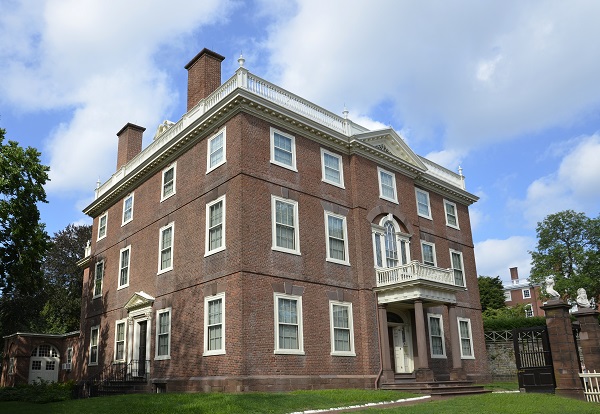Rhode Island Historical Society Launches Free Classrooms Exploring the Relevance of History in Current Events

JOHN BROWN HOUSE
The Rhode Island Historical Society is excited to launch a free new series of Turnkey Google Classrooms for Rhode Island educators, distance learning families and homeschoolers.
Then & Now: The Relevance of History in Current Events, is a series of Google Classrooms designed to create historical context for the stories we see in our social media feeds and on the news. Using primary sources, articles, and videos each classroom traces how past events have influenced our contemporary world, while empowering students to harness that knowledge to shape the future. Topics include Identity and the US Census, The Black Experience, Protest, Suffrage, and Immigration.
Each free classroom includes educator guides and informational videos for exploring how educators can best adapt the classroom for their in-person or distance-learning needs. Classrooms can additionally be adapted by users by adding and removing material, inviting students, and assigning due dates and grades.
Classrooms will be released weekly on Fridays beginning Friday, September 25. Classrooms can be secured by filling out the request form at https://bit.ly/2Hr0sa1 or by emailing mowc@rihs.org.

About the Rhode Island Historical Society
Founded in 1822, the RIHS, a Smithsonian Affiliate, is the fourth-oldest historical society in the United States and is Rhode Island’s largest and oldest historical organization. In Providence, the RIHS owns and operates the John Brown House Museum, a designated National Historic Landmark, built in 1788; the Aldrich House, built in 1822 and used for administration and public programs; and the Mary Elizabeth Robinson Research Center, where archival, book and image collections are housed. In Woonsocket, the RIHS manages the Museum of Work and Culture, a community museum examining the industrial history of northern Rhode Island and of the workers and settlers, especially French-Canadians, who made it one of the state’s most distinctive areas.
